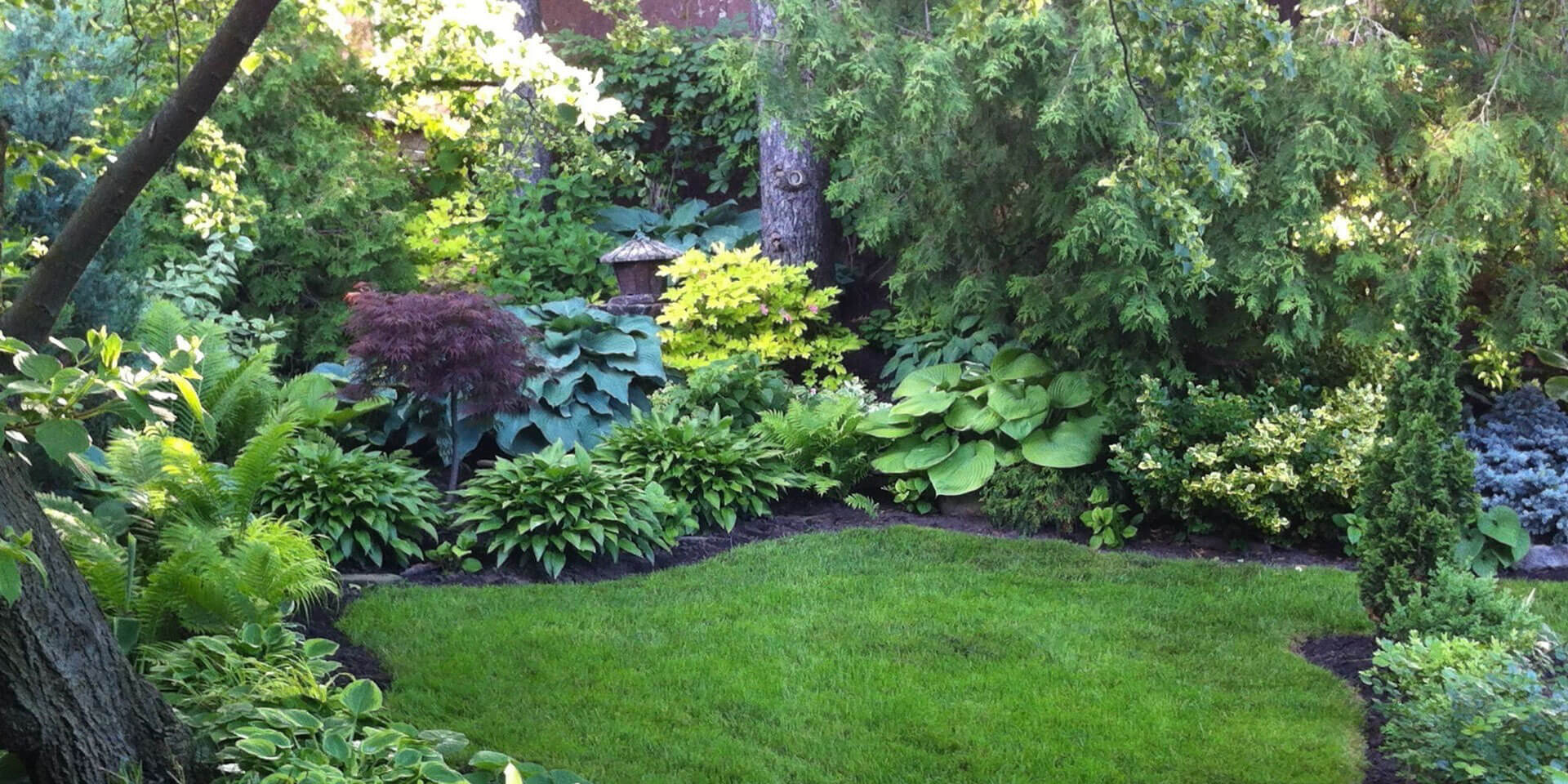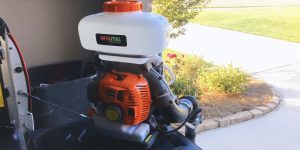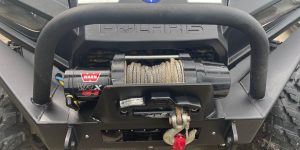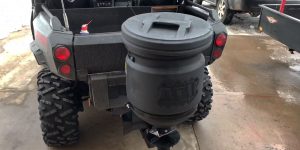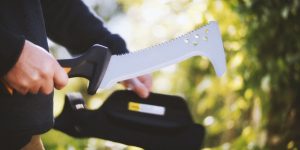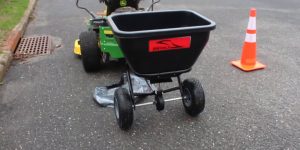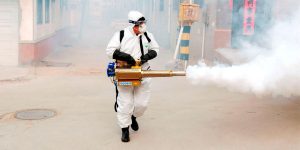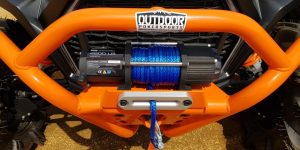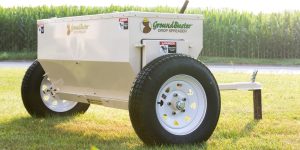There is no definitive answer to this question, as the best time for brush clearing will vary depending on the specific needs of your property. However, late fall or early winter is typically considered the best time of year for brush clearing. It is because the ground is often frozen during this time of year, making it easier to remove large amounts of the brush without damaging the underlying soil.
Additionally, the leaves have all fallen off the trees at this time of year, making it easier to see and access the brush that needs to be removed. Finally, the cooler temperatures during this time of year make it easier to work for extended periods without feeling overheated.
If you have a huge area to clear, you may consider hiring a professional brush clearing service to help you get the job done quickly and safely.
Why should I clean brushes?
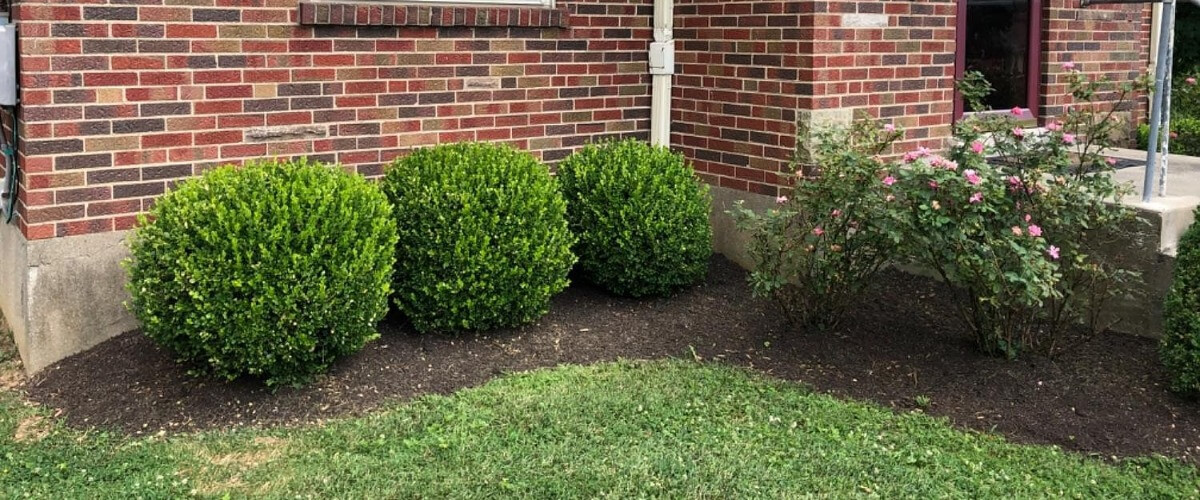
Brushes can be a beautiful addition to any landscape, but they can also become overgrown and untidy if not correctly maintained. Regular cleaning of brushes helps ensure they remain healthy and look their best.
Other reasons to clean brushes include removing debris, improving plant health, and preventing pests and diseases. Debris can build up on shrubs, leading to plant stress and damage. It can also provide a hiding place for pests and diseases. Regular cleaning can help improve the overall health of your shrubs.
How can I clean brushes?
There are a few different ways that you can clean brushes, including manual removal, pruning, and chemical treatments.
Manual removal is the process of physically removing the brush from the ground. It can be done with a shovel, trowel, or other gardening tools. Manual removal is the most labor-intensive brush cleaning method, but it can be effective if you have a small area to clean.
Pruning is the process of trimming back overgrown brush. It can be done with pruning shears, a saw, or other cutting tools. Pruning is a good option for larger areas, and it can also help promote plant health by removing diseased or damaged stems.
Chemical treatments involve using herbicides or other chemicals to kill the brush. These products are typically applied directly to the brush and then allowed to work their way into the roots. Additionally to cleaning the bushes, do not forget about the appearance of your lawn.
What herbicides can I use to get rid of brushes?
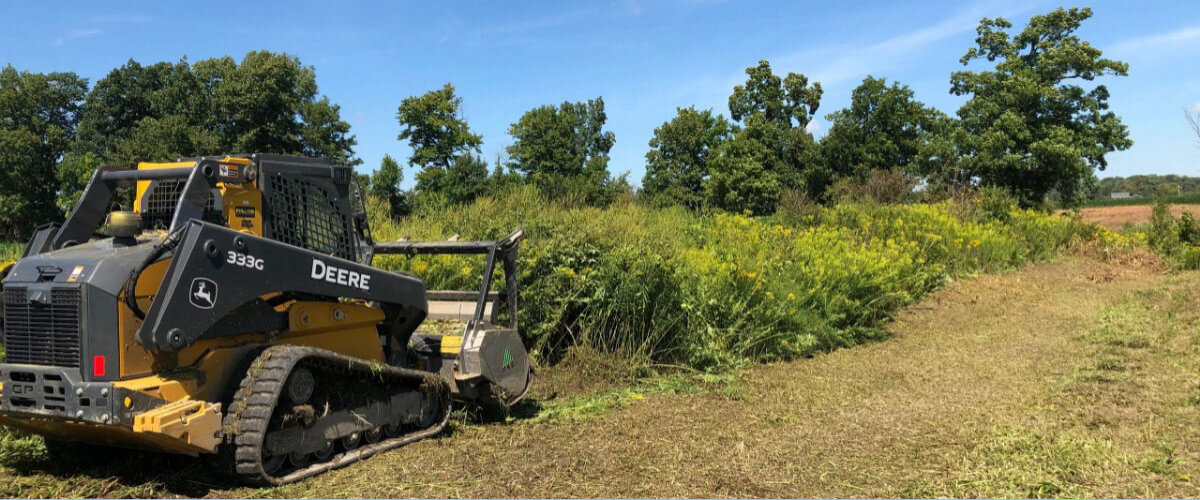
Many herbicides can be used to kill brushes. Some of the more common ones include glyphosate, 2,4-D, and dicamba.
Glyphosate is the active ingredient in Roundup and other similar products. It is a non-selective herbicide, meaning it will kill any plant it comes in contact with. Therefore, it is essential to use this herbicide carefully, as it can also kill other plants it comes in contact with.
Another option is 2,4-Dichlorophenoxyacetic acid (2,4-D). However, this herbicide works by causing the plants to grow uncontrollably, eventually leading to their death. Therefore, 2,4-D is essential to use carefully, as it can also harm other plants and animals if used improperly.
Dicamba is a selective herbicide that will only kill plants when specifically applied.

